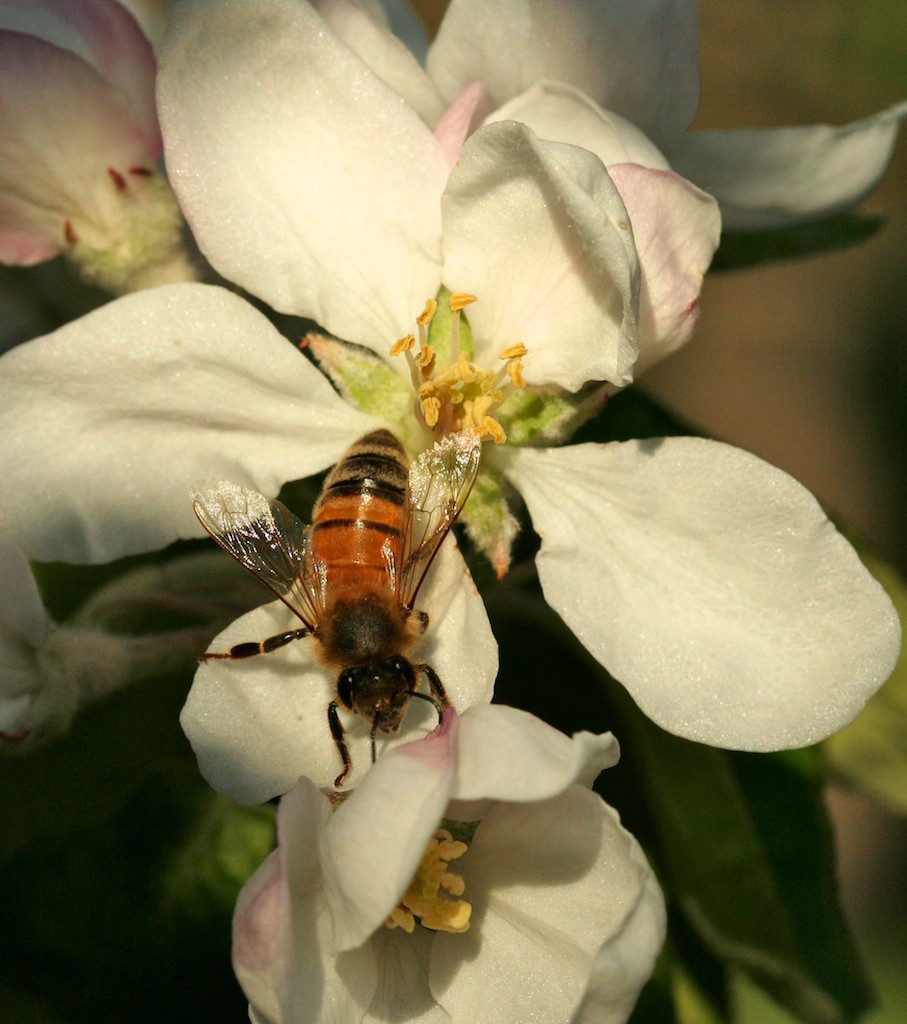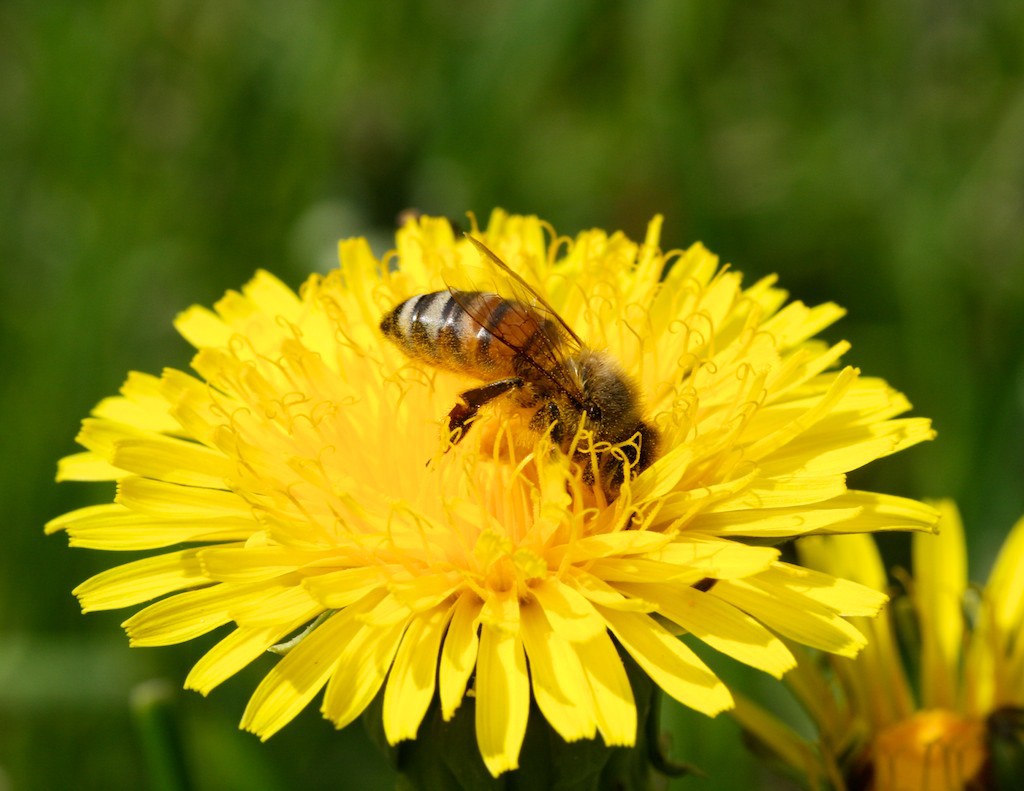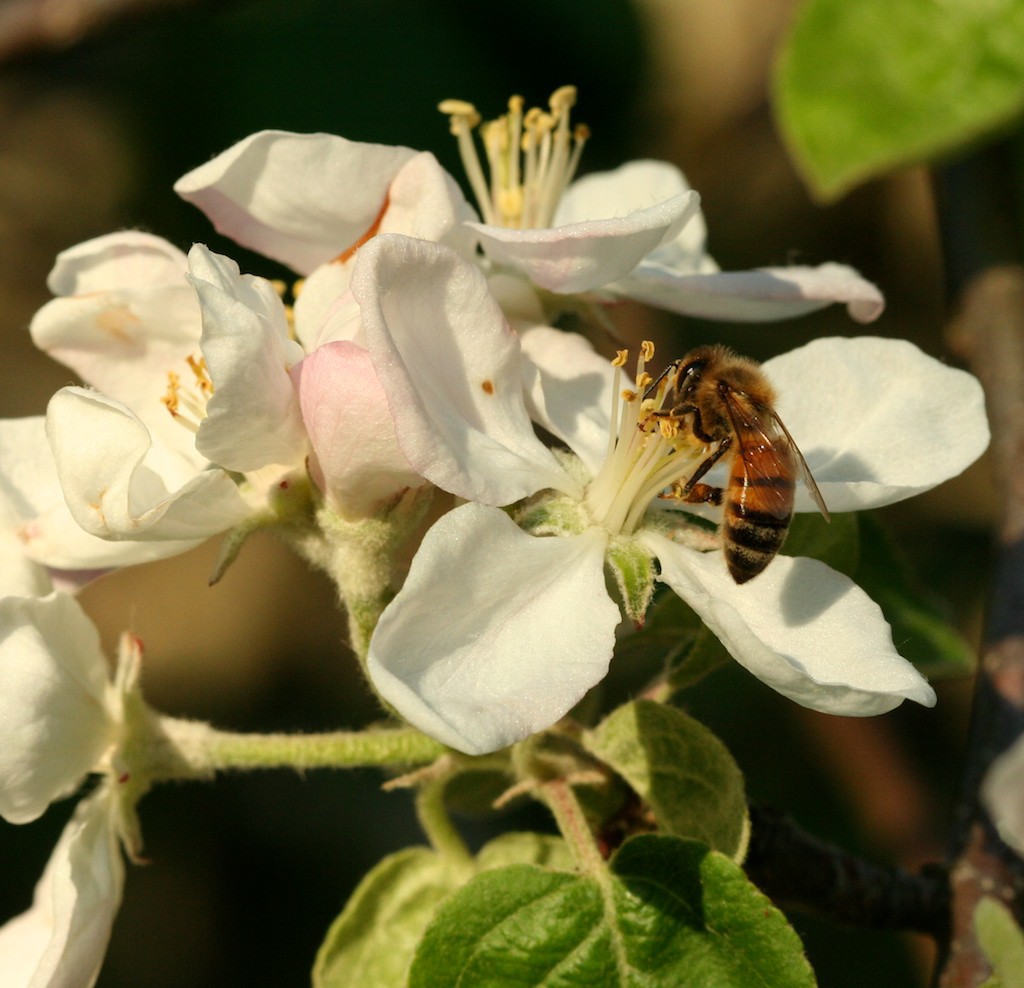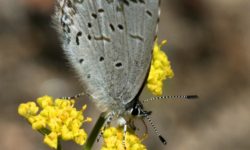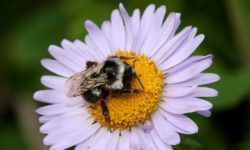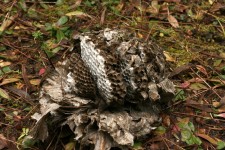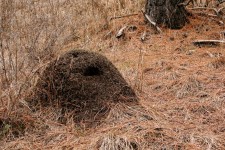From the moment they pupate into an adult until they die, honeybees are constantly working. Truthfully, it is the females who work constantly.
Three types of honeybees live in a hive–a queen, worker bees and drones. Drones exist to mate and are expelled from the hive during winter.
For the two to five years a queen lives, she mates and constantly lays eggs. A queen can lay up to 100 eggs an hour and over 200,000 eggs in her lifetime.
Fertilized eggs will produce females and unfertilized eggs will produce males (called drones). The majority of fertilized eggs produce worker bees, which are sterile females. If a larva is given special treatment, it will turn into a queen bee.
Honeybee workers exhibit “age polytheism” which means their behaviors change as they get older. A worker bee first starts by cleaning cells. Then it moves onto other hive maintenance, fanning the cells to maintain air circulation and temperature (94 degrees Fahrenheit average), and processing nectar.
At the end of the first week, workers start producing “royal jelly” from two large glands on their head. The protein-rich fluid is fed to the larvae, queen and drones. A queen is fed royal jelly her entire life. This special treatment enables her to turn into a queen versus a worker bee.
In a worker bee’s second week of life, her wax glands start producing wax to build and repair the hexagonal comb in the hive.
During the third week, the royal jelly and wax glands atrophy and she shifts to foraging. As a forager, the average lifespan is 10 days in the summer.
In one day, a honeybee can fly up to 12 miles and visit 10,000 flowers. Typically a forager will stay within three kilometers of the hive. The collected nectar and pollen is brought back to the hive to feed other workers and for winter storage.
Honeybees hone in on flowers by scent and visible clues. Bees are able to see markings on flowers only visible with ultraviolet light.
Nectar is brought back in the honeybee’s crop and regurgitated with enzymes into cells. Then younger worker bees fan the nectar to evaporate the water. When deposited into the cell, the nectar is 80 percent water. After evaporation to 16 percent water, the nectar is referred to as honey.
In a forager’s lifetime, she will bring back enough nectar to make about half a teaspoon of honey. To make one pound of honey, foragers have to visit about two million flowers.
The life of a honeybee lasts from 35 days to several months depending on the time of year it was born (bees born in winter can live longer).
Sometimes a forager’s life is shortened when she stings. The barbed stinger is torn away from the body when used, thus killing the honeybee. Other bees become instantly alarmed when the stinger is torn away because it releases an alarm pheromone that helps other bees locate the enemy.
Many introduced species don’t have enemies, but bees do have enemies including certain spiders, wasps, birds, bears, skunks and people. Honeybees are not native to North America or South America. They were brought over from Europe by colonists to both coasts (as they couldn’t cross the Rocky Mountain themselves).
Capitalizing on the abundance of flowers in the summer, honeybees have stayed busy for centuries collecting food for themselves, pollinating flowers and setting a precedence for being as busy as a bee.

